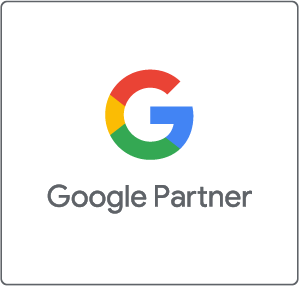Our team of SEO experts have decades of experience working across all areas of organic search. From website migrations and site restructures to content development and digital PR, we’ve got you covered.
We have a deep understanding of what drives success within organic search from years of testing and experimentation. We will apply the latest SEO knowledge to help grow your business.
Independent data provided by
Migrations

Don't risk your organic performance with a botched migration, speak to a team of experts.
We have experience of 100s of website migrations of all shapes and sizes and can help you make your latest site update a success.

Website structure and information architecture (IA) lay the foundations for search success.
We are experts in structuring websites both new and old to improve organic performance, increase user satisfaction and generate more leads for your business.
Content

We improve your content to rank better and get more conversions.
From content research and planning to implementation, we use the latest technology, including AI to create content experiences that will help your website stand out from the crowd and get found through search.
Digital PR

Amplify your brand with digital PR and link outreach.
Despite what some might say, backlinks still matter. We know how to get coverage from the biggest and most relevant websites that will get you found and help improve organic performance.
Technical SEO

Our team of technical experts can help improve your website and get more from organic search.
From technical auditing, ongoing support to complex technical updates, our seasoned team of SEO pros have it covered.
Consultancy

If you are finding it hard to keep up with all the latest search updates and figuring out what is needed to move the needle then we can help.
We will use our deep understanding of SEO to figure out what your business needs to grow via search.
Training

Upskill your in house marketing team with SEO training from our team of experts.
Tailored training can be delivered online or in person for groups of up 20.
Help your team do better SEO with our in house training programmes.
Market Research

Use search data and market insights to drive your business decisions.
We provide in depth market research and search analysis including: topic discovery and keyword research, competitor analysis, search user testing and more.
How we work
A bespoke approach. We understand that every business has different strengths and requirements, so we tailor our services to fit your needs.
Collaboratively. Once we have researched and understood your website, business and search landscape, we will propose a strategy that will help you deliver long term organic growth. We work with you, over time to improve performance and maximise your return.
Transparently. Clear reporting focussed on your business goals. Open access to data and KPI's because sharing data enables improvement. We are open and collaborative in our approach. We'll ensure you are always on top of the stats with unique reporting to stakeholders and managers.
Experience across multiple sectors
We work with trusted brands & growing businesses across multiple industries. We can bring a knowledge of your sector and what works for SEO in your niche.
E-commerce
Education
Healthcare
Events
News & Publishing
SaaS
Why choose Barracuda?
While anyone can talk a good game when it comes to SEO, Barracuda have been operating for over 20 years as an independent digital agency and have a track record of proven results and satisfied clients, so you know you are in the right hands. We also win the odd award for our hard work and outstanding results.
If you are looking for an experienced team who understand the digital landscape and genuinely care about driving growth for your business then get in touch today to discuss your goals.
















